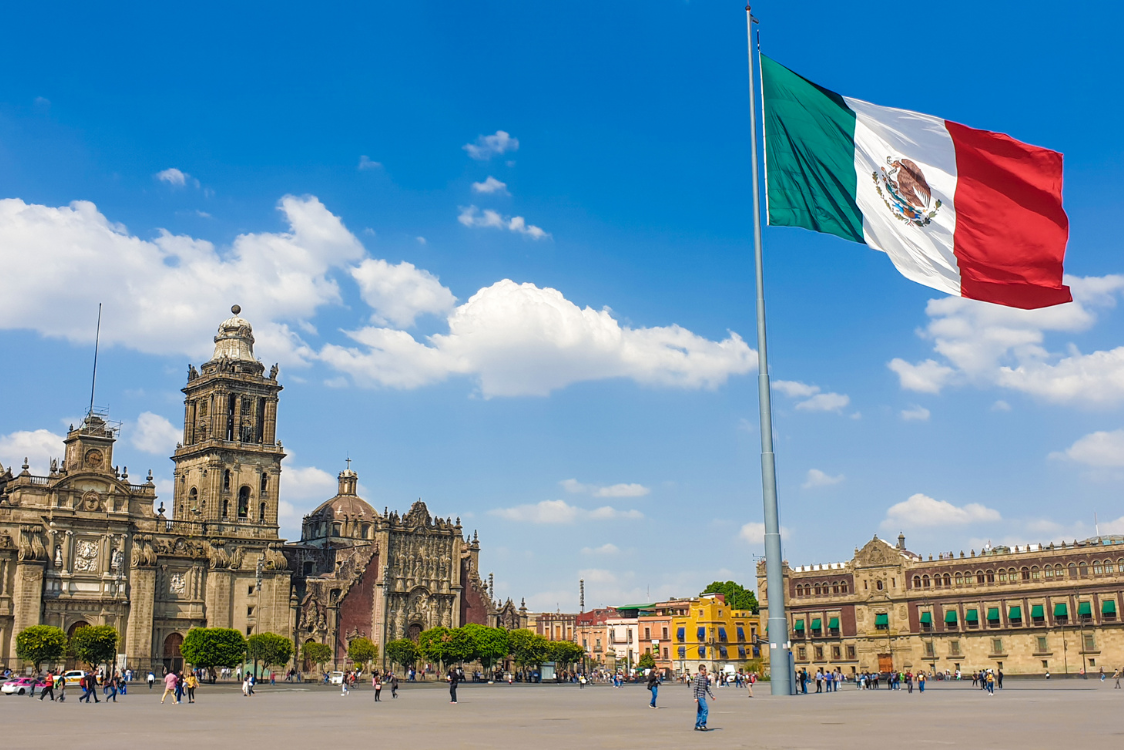The Brazilian Patent and Trademark Office (BPTO) has taken huge strides to improve the country’s Intellectual Property (IP) system in recent years. Some of their new initiatives, including the roll-out of the Intellectual Property National Strategy program in 2020, have sparked optimism, albeit cautious, amongst domestic industry practitioners and international investors. But how has this impacted the largest Brazilian patent and trademark prosecution firms?
The present report draws upon IP Pilot’s data in patent and trademark applications first published between 2018 and 2022, to understand the developments of the largest Brazilian patent and trademark prosecution firms.
Patent Prosecution
Between 2018 and 2022, 125,321 patent filings executed by 374 law firms were published. DANNEMANN, SIEMSEN, BIGLER & IPANEMA MOREIRA, KASZNAR LEONARDOS PROPRIEDADE INTELECTUAL, CLARKE, MODET & CO., DANIEL LEGAL & IP STRATEGY, and GUSMAO & LABRUNIE S/C LTDA were the 5 largest patent prosecution firms in Brazil with minimal changes in rankings or positions during this period. Granted the share and ranking for 2022 may still change because of additional publications, the current figures show they collectively represent 56% of the total volume of Brazilian patent applications.
The 20 largest patent prosecution firms dominated over 80% of the total volume. Except VILAGE MARCAS E PATENTES LTDA. and REMER VILLAÇA & NOGUEIRA, their share of foreign patent filings compared to domestic filings were trailing above 90%. This is in line with the observation that most of the patent applicants of Brazil came from foreign origins (almost 90% of the top 1000 applicants) and had opted for the largest firms to represent them locally. Some of the largest international applicants include American QUALCOMM and DOW GLOBAL TECHNOLOGIES LLC, Chinese HUAWEI TECH CO LTD, and German BASF. There was also a preference by the underlying applicants to file the Brazilian patents via PCTs rather than directly into the country (86% compared to 14%).
Looking at the international exchange of cases, the American, German, and Japanese law firms were among Brazil’s top partners. The US alone sent 40% of almost 42,000 cases and was also the top country to receive back prosecution work from Brazilian inventors (30% of 3,343 cases).
Trademark Prosecution
Meanwhile, more than half a million (573,257) trademark filings were executed by 673 representatives between 2018 and 2022. Notably, DANNEMANN, SIEMSEN, BIGLER & IPANEMA MOREIRA remains the largest prosecution firm on the trademarks side, followed by A PROVINCIA MARCAS E PATENTES, VILAGE MARCAS E PATENTES LTDA., CONSOLIDE ASSESSORIA EMPRESARIAL ONLINE LTDA and BEERRE ASSESSORIA EMPRESARIAL LTDA.
The 20 largest trademark prosecution firms dominated over 46% of the total volume. Similar to the patents world, the largest firms remained attractive to international applicants with foreign trademark filings occupying 72% of the total trademark filings for the 20 largest trademark prosecution firms.
There were, however, two significant differences between trademark and patent prosecution trends in Brazil. Firstly, it was the locals which filed the most number of trademark applications – 63% to be exact – in Brazil over the last five years. The largest filers are Brazil’s GLOBO COMUNICACAO E PARTICIPACOES S A and HYPERA S A, American AMAZON TECH INC, TARGET BRANDS INC and JOHNSON & JOHNSON. Secondly, 91% of the total trademark filings executed by Brazilian firms were done directly rather than with a Madrid Protocol association.
Final Remarks
In summary, we observe that patent filing representations are more concentrated and mostly helmed by the 20 largest patent prosecution firms whereas trademark filing representations are more dispersed. This could largely be attributed to the profiles of the underlying applicants behind these filings, primarily their origins.
We also don’t see much overlap amongst the 5 largest patent firms and 5 largest trademarks prosecution firms, with the exception of DANNEMANN, SIEMSEN, BIGLER & IPANEMA MOREIRA which has, in fact, quite a balanced IP (6:4 ratio) portfolio. Amongst the 20 largest IP prosecution firms (ranked by total volume of patent and trademark filings), KASZNAR LEONARDOS PROPRIEDADE INTELECTUAL (4), GUSMAO & LABRUNIE S/C LTDA (8), LUIZ LEONARDOS & CIA – PROPRIEDADE INTELECTUAL (16) and MONTAURY PIMENTA MACHADO & VIEIRA DE MELLO (18) also have rather balanced IP portfolios.




